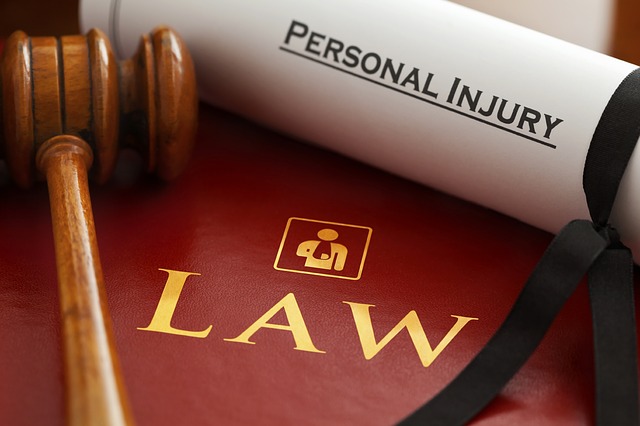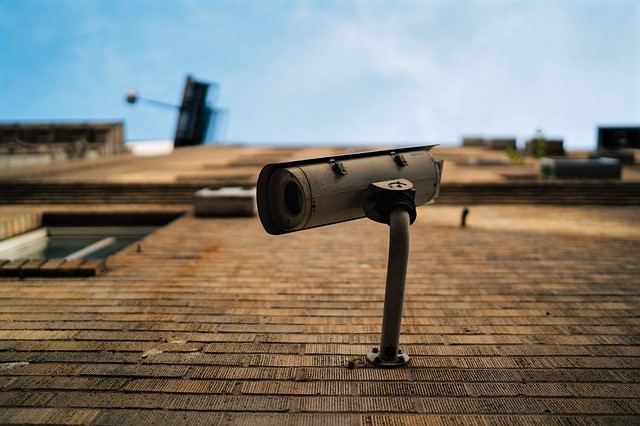What Is Personal Injury?
To get you started on the right footing, let’s break down what personal injury is. A personal injury in the law falls within a category called a “tort”. A tort is an infringement of one’s rights which gives the other party a cause of action to file a lawsuit. Personal Injury torts are the primary torts pleaded in lawsuits. For example, injuries manifest in the form of physical harm, psychological trauma, or even loss of pecuniary gain. Two major areas of law bifurcate the issues cleanly, the areas of intentional and unintentional acts.
If an unprovoked person intends to strike another person and does strike that person without justification (acting in self-defense) that person has committed the intentional tort of Battery. However, issues of intentional torts are often obvious to determine fault, so the bulk of many issues arises not from intentional torts but rather unintentional torts.
The word used to refer to unintentional torts in most places is Negligence. A properly plead Negligence tort case will require the Plaintiff (one who was harmed by the act of another) to prove:
- The defendant owed a duty of care to the plaintiff; and
- The duty of care was breached by the defendant; and
- The breach of duty was the actual and proximate cause of the harm to plaintiff; and
- Plaintiff suffers damages
With a basic understanding of what a Personal Injury is, we can now move to the important question of how to resolve a personal injury matter. This discussion will focus on how to react to a negligence matter and not an intentional tort matter. Personal injury advice should always come from professionals; one can file injury claims with Aston Knight Solicitors.
Preemption
A best offense can always be supported by a good defense. The ageless phrase applies here. There are three easy areas both businesses and employees can guard themselves before the “impact”.
First, remove or fix unsafe conditions or objects. If an employer gives his employee a vehicle for work, ensure the brakes work. Another example is if a resident notices his fence is dilapidated and he possess a territorial dog; it would be in all parties’ interest if the fence is fixed immediately before a tort arises.
Second, always possess a way to record events before and as they unfold. A dashboard camera when driving goes a long way to recording how a collision unfolded. A camera installed on the roof can also establish if someone was disturbing a dog and provoked an attack (although prudent homeowners would likely chain up dangerous animals).
Third, Insurance! Having proper coverage is necessary before the tort occurs. In some jurisdictions, individuals have only one recourse if they are struck while driving and the other driver flees the scene: the injured party must use their own insurance. Also, if there is a complicated issue of duty and care the case may still need to be litigated even if you as the injured party are not at fault. The proper insurance coverage can cover the attorney cost needed to litigate the issue on your behalf, if the attorney requires a retainer.

Tort Occurs
If you find that you’ve taken all steps necessary to avoid a negligent situation and are still harmed by a negligent party you must take steps to protect your rights. Three easy words can guide behavior: observe, record, and notify. To crystallize the issues the three-piece word mantra will be viewed through the eyes of someone who was recently rear-ended in an automobile accident.
Proper observation when rear-ended is to safely observe where you are and how fast you were going when the collision occurred (in general the use of the term “accident” is a misnomer because it implies no party is at fault; the use of the word “collision” should be used). Observing the license plate of the person who hit you is also good in case the person wishes to flee the scene. Although all people are in a state a shock following the accident, observe the words used by the negligent party, especially admissions of fault. Said admissions of fault may be used in court under circumstances.
As with any recipe, all parts working together make a functional whole; notifying the proper parties completes the “recipe” and makes a legal dish. First, notify the authorities that an accident has occurred. The authorities (local police, state police, etc.) will likely record an accident report of some type which can likely be requested later from the authorities. Ensure to tell the authority if you are in pain and order an ambulance if necessary. The evidence obtained in the accident report is important evidence to establishing that the other party is at fault.
The next party to notify (if applicable) is your insurance company. Honestly explain the events as they occurred to the insurance representative. Deliver the accident report number to the representative as well; your insurance representative may order the accident report and use this report (if favorable) to settle with the other party before a lawsuit occurs.
The last party to notify, or perhaps contact, is a well-qualified attorney or firm to represent you in this process and give you personal injuries advice. Most if not all personal injury firms will accept your case, if you are not at fault, without paying a retainer to keep the attorney on the case. Your attorney will work on your case based upon the expectation you will win the case and be entitled to payment for damages. The attorney will split the damage proceeds if he or she is able to settle or win the case on your behalf.

What to Do After the Injury Occurs
After the injury occurs, it is very important to monitor any injuries that may have occurred because of the negligence of the other party. Ensure a qualified medical professional (doctor, chiropractor, psychologist, etc.), who is trained for the specific injury, qualifies and monitors your condition, as well as takes steps to put you in a place you were before the injury occurred. It is extremely important to never miss a medical professional visit.
If you have an attorney ensure the attorney has access to your medical visits and the accident report. Explain to the attorney how your injury feels as the treatment progresses. If you are represented by counsel and an insurance company or companies are involved, allow the counsel to speak with the insurance company or companies.
If you have been wrongfully injured follow these steps! Preempt collision disputes by having recording devices readily available, and protect yourself by having a working vehicle or safe conditions on your property. Protect yourself from liability disputes by properly observing, recording, and notifying the collision and follow-up information which is relevant to liability and damages incurred. Lastly, if you are represented by counsel and are seeing a medical professional ensure both know of your condition at all times and also never miss an appointment for either.
Find a Home-Based Business to Start-Up >>> Hundreds of Business Listings.


















































